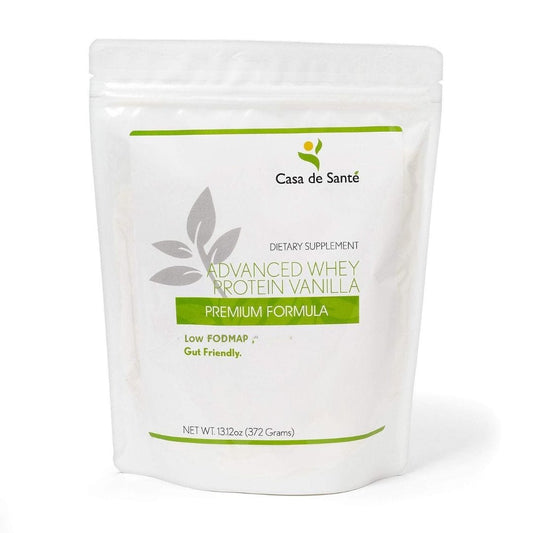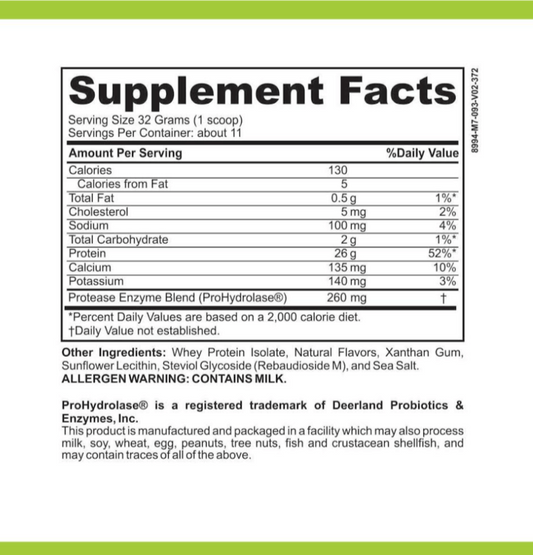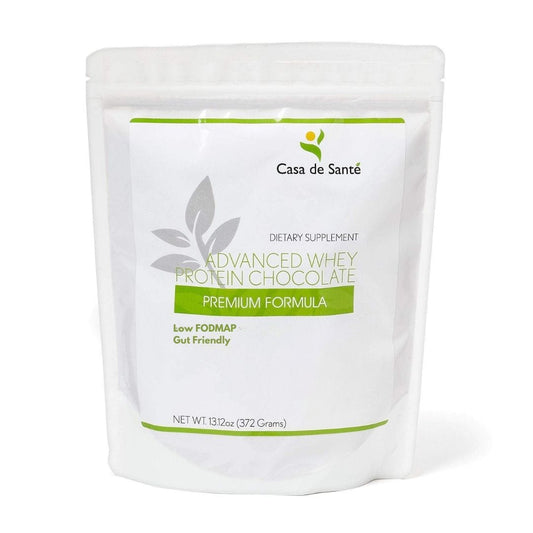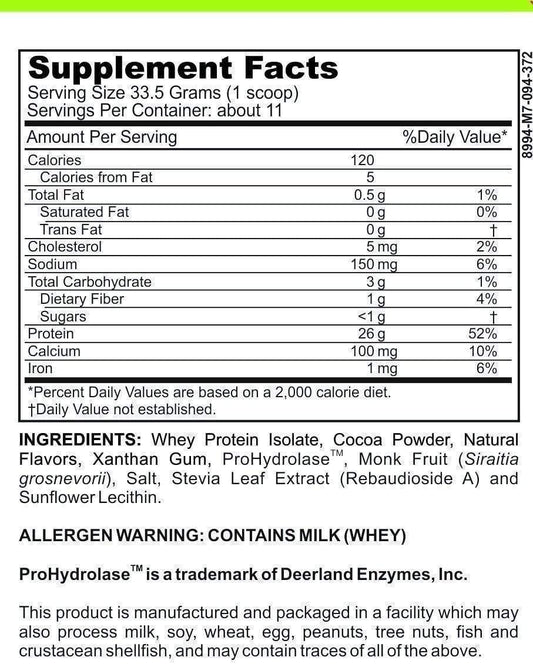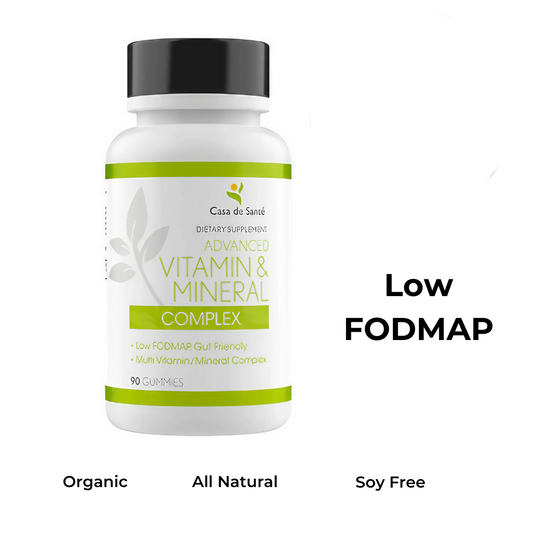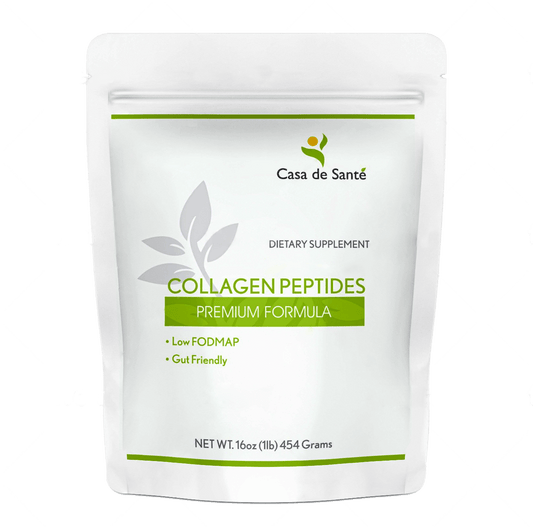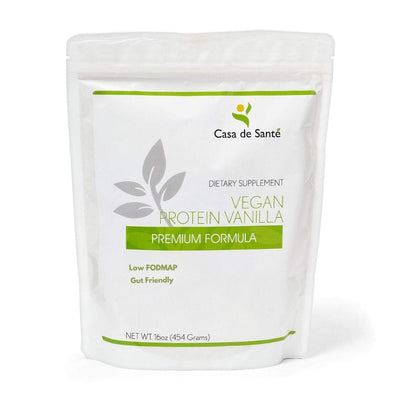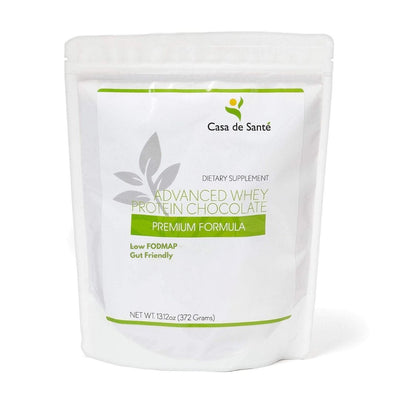Low Fermentation Diet vs Gluten-Free Diet
Low Fermentation Diet vs Gluten-Free Diet
Many people are switching to special diets to improve their overall health and well-being. Two popular diets that have gained much attention in recent times are the low fermentation diet and the gluten-free diet. Both diets are claimed to provide numerous health benefits, but they are very different in their approaches. In this article, we will explore the basics of these diets, their benefits and limitations, potential side effects, and how you can implement them successfully to improve your health.
Understanding the Basics of Low Fermentation Diet
A low fermentation diet, also known as a low FODMAP diet, is designed to reduce the intake of certain carbohydrates that are difficult to digest and may cause gut issues. The term FODMAPs stands for Fermentable Oligosaccharides, Disaccharides, Monosaccharides, And Polyols.
These carbohydrates are found in many foods and are not harmful to most people. However, individuals with irritable bowel syndrome (IBS), inflammatory bowel disease (IBD), or other gut conditions may experience discomfort, bloating, and abdominal pain when consuming high FODMAP foods.
The low fermentation diet aims to reduce the intake of high FODMAP foods, such as wheat, garlic, onions, beans, and certain fruits, to promote better digestion and gut health.
Understanding the Basics of Gluten-Free Diet
A gluten-free diet is a dietary approach that eliminates gluten, a protein found in grains such as wheat, barley, and rye. Gluten-free diets are essential for individuals with celiac disease, a medical condition that causes an autoimmune response to gluten, leading to damage to the small intestine.
People with non-celiac gluten sensitivity may also experience adverse reactions when consuming gluten. This includes symptoms such as abdominal pain, bloating, and diarrhea. Additionally, some people may choose to follow a gluten-free diet simply because they feel better when they avoid gluten.
The Role of Fermentation in Digestion and Gut Health
Fermentation is a natural process that occurs when carbohydrates are broken down by bacteria in the gut. This process produces gas and other by-products that can cause bloating and discomfort in some individuals, particularly those with gut conditions.
While some fermentation is necessary for healthy gut function, excessive or prolonged fermentation can result in various issues, including increased gut inflammation, leaky gut, and other digestive disorders.
Both the low FODMAP and gluten-free diets can help to reduce fermentation in the gut, thereby promoting better digestion and gut health.
Gluten Intolerance or Sensitivity: What's the Difference?
Gluten intolerance and gluten sensitivity are often used interchangeably, but they refer to different types of reactions to gluten.
Gluten intolerance usually refers to a condition called celiac disease, which is a severe autoimmune response to gluten. People with celiac disease must avoid gluten entirely to prevent damage to their small intestine.
On the other hand, gluten sensitivity refers to a milder form of adverse reaction to gluten. Symptoms may include bloating, abdominal pain, fatigue, and headaches. However, people with gluten sensitivity may not have damaged their intestinal lining, and their symptoms usually disappear when gluten is eliminated from their diets.
The Benefits and Limitations of a Low Fermentation Diet
The low FODMAP diet has been shown to have various benefits, particularly for individuals with gut disorders, such as IBS and IBD. Studies have shown that following a low FODMAP diet can reduce symptoms of abdominal pain, bloating, and diarrhea in individuals with IBS.
However, the low FODMAP diet is not without limitations. The diet can be restrictive and challenging to follow, and it may lead to a reduction in the intake of some essential nutrients, such as fiber and prebiotics. Additionally, the low FODMAP diet is not suitable for long-term use, and individuals should work with a healthcare professional to ensure they are meeting their nutritional needs.
The Benefits and Limitations of a Gluten-Free Diet
A gluten-free diet is essential for individuals with celiac disease or other autoimmune conditions that cause a severe reaction to gluten. When strictly followed, a gluten-free diet can help reduce symptoms and promote healing of the small intestine in people with celiac disease.
While eliminating gluten may improve the symptoms of some people with non-celiac gluten sensitivity, there is little evidence to support the use of a gluten-free diet as a general health strategy.
However, adopting a gluten-free diet may have some limitations. Gluten-free foods are often more expensive and may be lower in fiber and some essential nutrients compared to their gluten-containing counterparts. Also, gluten-free diets may be challenging to follow, which may lead to stress and adversely affect mental health.
How to Implement a Low Fermentation Diet Successfully
If you have digestive issues or are considering a low fermentation diet, it's essential to work with a healthcare professional to ensure you are meeting your nutritional needs.
Here are some tips on how to implement a low fermentation diet successfully:
- Consult with a healthcare provider or registered dietitian.
- Identify high FODMAP foods and eliminate them from your diet.
- Gradually reintroduce FODMAPs to determine your tolerance levels.
- Eat a well-balanced diet that includes fiber and other essential nutrients.
- Avoid processed foods and opt for whole, unprocessed foods instead.
How to Implement a Gluten-Free Diet Successfully
If you must follow a gluten-free diet, it's essential to work with a healthcare professional or registered dietitian to ensure you are meeting your nutritional requirements.
Here are some tips on how to implement a gluten-free diet successfully:
- Avoid gluten-containing grains like wheat, barley, and rye.
- Read food labels carefully to identify potential sources of gluten.
- Choose gluten-free substitutes, such as rice, quinoa, and potato.
- Eat a well-balanced diet that includes plenty of fruits, vegetables, and protein-rich foods.
- Ensure your diet is rich in fiber.
Foods to Avoid on a Low Fermentation Diet
Foods to avoid on a low fermentation diet include:
- Wheat products
- Rye products
- Onions
- Garlic
- Beans and legumes
- Certain fruits, such as apples and pears
- Sugar alcohols like xylitol and sorbitol
Foods to Avoid on a Gluten-Free Diet
Foods to avoid on a gluten-free diet include:
- Wheat products
- Barley products
- Rye products
- Most bread and baked goods
- Beer and malt beverages
- Soy sauce and other condiments that may contain wheat.
Low Fermentation vs Gluten-Free: Which is Better for Weight Loss?
Both diets may lead to weight loss if they cause a reduction in caloric intake. However, there is insufficient evidence to suggest that either diet is inherently better for weight loss.
Ultimately, weight loss depends on creating a calorie deficit, regardless of the particular foods or diets that you consume. Eating a balanced and well-rounded diet that includes plenty of fruits, vegetables, and whole foods is likely to lead to weight loss and better overall health.
Potential Side Effects of a Low Fermentation Diet
The low FODMAP diet may lead to some side effects, including:
- A reduction in the intake of essential nutrients, such as fiber and prebiotics
- Increased potential for constipation or other digestive issues
- A potential reduction in gut microbial diversity
Potential Side Effects of a Gluten-Free Diet
The gluten-free diet may lead to some side effects, including:
- A reduction in the intake of essential nutrients such as fiber
- Increased potential for constipation or other digestive issues
- Higher cost for gluten-free substitutes
- Increased risk of nutrient deficiencies, particularly if the diet is not adequately planned or monitored
Comparing the Nutritional Value of Low Fermentation vs Gluten-Free Diets
Both diets can be nutritious, provided they are well planned and include a variety of nutrient-dense foods. However, there are some differences in nutritional value between the two diets.
The low FODMAP diet tends to limit the intake of some high fiber foods, whereas the gluten-free diet may be deficient in certain nutrients such as iron and vitamin B.
It's essential to work with a healthcare professional or registered dietitian to ensure that you are meeting your nutritional needs on either diet.
Tips for Dining Out on a Low Fermentation or Gluten-Free Diet
Dining out on a low FODMAP or gluten-free diet can be challenging, but it's not impossible. Here are some tips:
- Call the restaurant in advance and explain your dietary requirements.
- Ask your server for recommendations or menu substitutions.
- Research the restaurant's menu and identify dishes that may be suitable.
- Avoid foods that are fried or coated in breadcrumbs or batter.
- Carry a list of safe and unsafe foods and ingredients that you can refer to.
How to Determine if You Need a Low Fermentation or Gluten-Free Diet
If you have digestive issues, you may benefit from a low FODMAP diet. Similarly, if you have celiac disease or non-celiac gluten sensitivity, you may require a gluten-free diet.
It's always best to consult with a healthcare professional or registered dietitian to determine if either diet is appropriate for you. They can help you determine the best course of action based on your health history, lifestyle, and dietary needs.
A Comprehensive Meal Plan for Each Type of Diet
Developing a meal plan that meets your nutritional requirements and dietary needs can be challenging. Here are some sample meal plans to get you started:
Low Fermentation Diet Meal Plan
- Breakfast: Greek yogurt with blueberries and chia seeds
- Snack: Carrot sticks with hummus
- Lunch: Turkey and avocado lettuce wraps with quinoa salad
- Snack: Hard-boiled egg and grapes
- Dinner: Grilled chicken with roasted potatoes and green beans
Gluten-Free Diet Meal Plan
- Breakfast: Gluten-free oatmeal with sliced almonds and berries
- Snack: Apple slices with almond butter
- Lunch: Grilled salmon with mixed greens and gluten-free croutons
- Snack: Gluten-free pretzels and hummus
- Dinner: Gluten-free spaghetti with tomato sauce and meatballs
Best Practices for Combining Low Fermentation and Gluten-Free Diets
Combining a low FODMAP and gluten-free diet may be challenging. Here are some tips:
- Identify gluten-free foods that are also low in FODMAPs, such as rice, quinoa, and certain vegetables
- Read food labels carefully to eliminate potential high-FODMAP gluten-free foods, such as certain flours and baked goods.
- Work with a healthcare professional or registered dietitian to ensure you are meeting your nutritional requirements.
In conclusion, both the low fermentation diet and the gluten-free diet can improve digestive health, but they work in different ways. It's essential to consult with a healthcare professional or registered dietitian to determine which diet is appropriate for you and how to implement it successfully while ensuring that you are meeting your nutritional needs.







